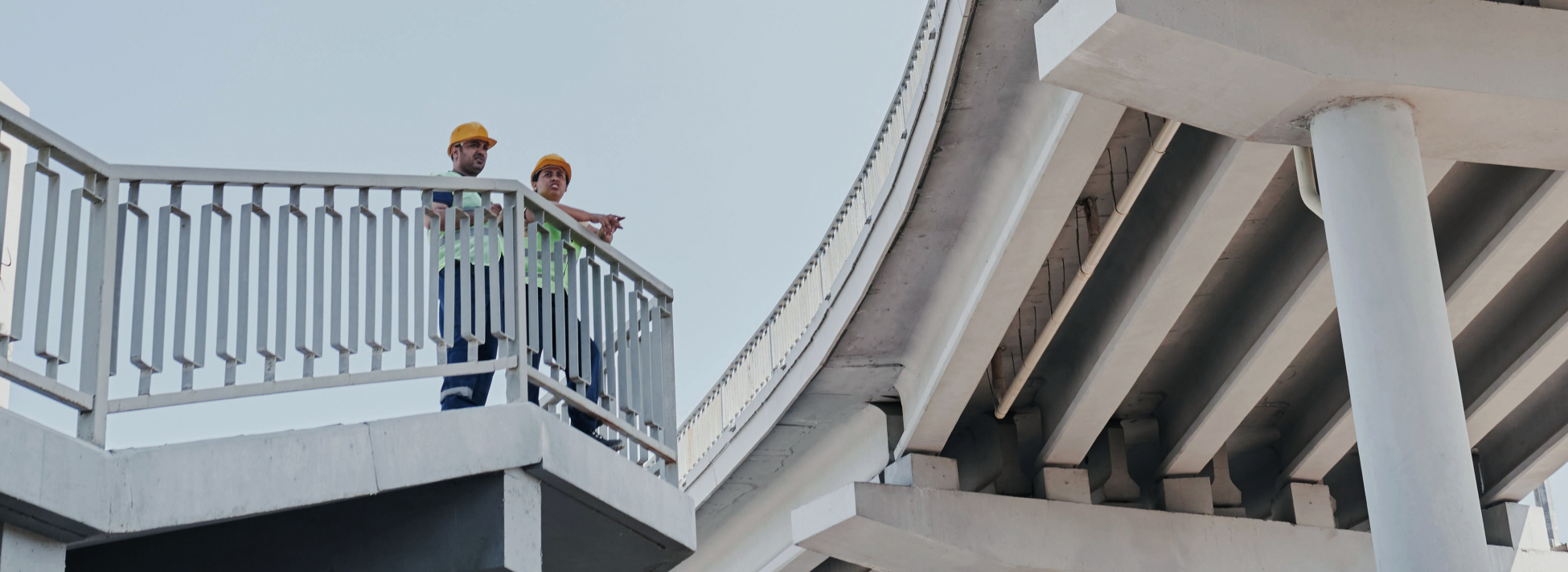HVD Group is now Aceve. Read more here
Story

Every building tells a story, but what kind of future are we building? The construction and skilled trades industry is causing 37% of global CO2 emissions (1), making sustainability a critical concern. Climate goals, regulations and customer demands are changing how we plan, build and maintain our societies. Today’s professionals must cut emissions, use resources wisely and keep sites safe – all while staying competitive.
Many of these demands are part of ESG, which covers environmental, social and governance issues that businesses are expected to meet. Smart digital tools like Aceve help you meet ESG goals by turning climate ambitions into practical daily routines. They help you track emissions, choose better materials and follow safety routines – not just setting goals but acting on them.
But what are the key ESG areas for you in construction or skilled trades? How can you make your work more sustainable? And what are the legal requirements?
Here is what you need to know.
Transport is a major source of CO2 emissions in the industry. Construction companies use heavy machines and many vehicles, and daily driving adds to the problem. This is especially true for skilled tradespeople driving vans and needing regular deliveries. But reducing emissions goes beyond switching fuels. Plan routes smarter, combine deliveries and avoid unnecessary trips. These steps can have a bigger impact than you might expect.
Material use also helps reduce emissions. Choose environmentally friendly materials, like climate-improved concrete or responsibly sourced timber. Only order what you need, reuse leftover supplies and sort waste on site. This saves money and resources while reducing the climate impact of your work.

Building and demolition waste accounts for over 30% of all waste in Europe (2). Avoiding waste starts with better planning. Order the right amount, reuse what’s left and recycle properly. Use recycled materials where possible. Many customers expect this kind of circular approach.
On site, small changes like installing low-flow taps or LED lighting can cut energy use and operating costs. These simple steps are easy for companies of all sizes and are often needed when bidding for public contracts.
A safe and healthy workplace is vital for all construction companies and skilled tradespeople. Sadly, accidents still happen, so many aim for “Vision Zero,” meaning zero injuries. On site, this means using safety gear, following clear routines and having regular training.
Whether you’re a solo operator or part of a large firm, clients and regulators expect you to take responsibility through all project stages. This includes ensuring that sub-contractors and suppliers follow the same safety and labour rules. It’s important to work with trusted partners and show that you meet safety standards, especially in bigger projects.
Setting sustainability goals is a good start. Many big companies use frameworks like Agenda 2030 or climate roadmaps. But without follow-up, goals stay on paper. You need tools to measure and report progress.
This might sound like a lot, but Aceve can help.
Our solutions help you manage both sustainability and day-to-day operations. They help you track emissions, fleet and material use, and handle safety inspections, checklists and reports. You can skip manual paperwork, see your progress on simple dashboards and share reports with clients and other stakeholders.
It’s made for the industry, with features that work in the office, on site or on the go. This way, sustainability becomes part of your daily work, so you can run projects smarter and more sustainably, stay compliant and focus on what matters.
Start today with Aceve’s solutions and lead the change. Contact us to learn more.
CSRD – Corporate sustainability reporting directive
CSRD is the EU’s new rule for mandatory sustainability reporting that came into force 2024. It requires companies to show how their work affects and is affected by sustainability issues like emissions, energy use, labour conditions and supply chain risks. CSRD needs standardised, auditable reports that follow the European Sustainability Reporting Standards (ESRS). Construction companies will need solutions that can collect, check and report this data for their projects.
What do you need to do?
Large listed company: If you’re on a stock exchange and have more than 500 employees, start reporting in 2025, using 2024 data.
Mid-sized company: If you have more than 250 employees or over €50 million in yearly turnover, start reporting in 2026.
In early 2025, the European Commission suggested easing rules for smaller companies, like raising size limits and delaying some deadlines to 2027 or 2028. These changes are still being discussed, so the timeline might change, but large companies must still follow the current rules.
EPBD – Energy performance of buildings directive
The updated Energy Performance of Buildings Directive (EPBD) sets new rules for energy use and climate impact. From 2028, all new buildings over 1,000 square metres must include a full climate impact calculation in their energy certificates. From 2030, this will apply to all new buildings, no matter the size. The goal is to make sure new buildings are “zero-emission ready.” That means they must be designed to run on electricity and renewable energy, without needing changes later.
(2) EURIC, 2024